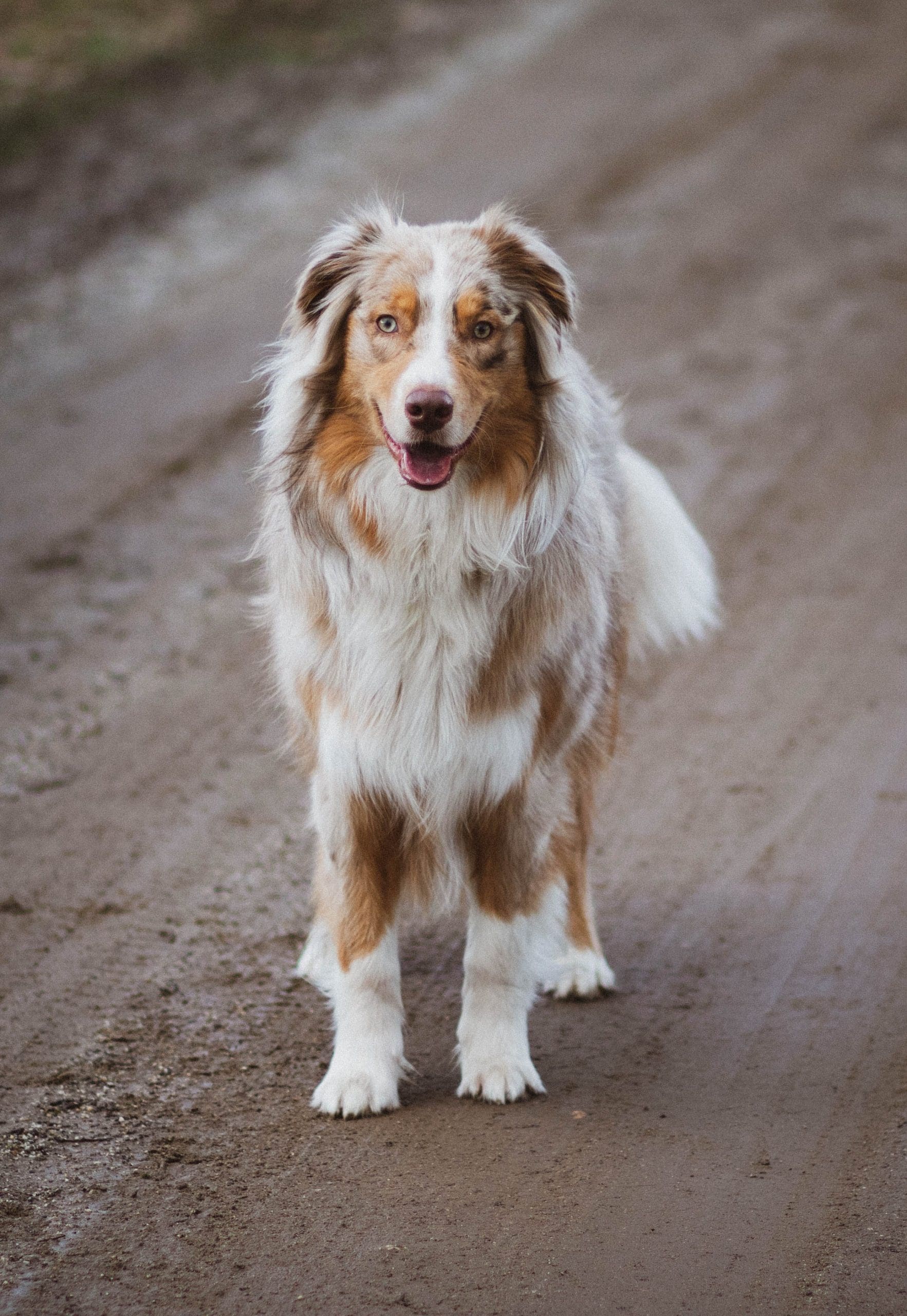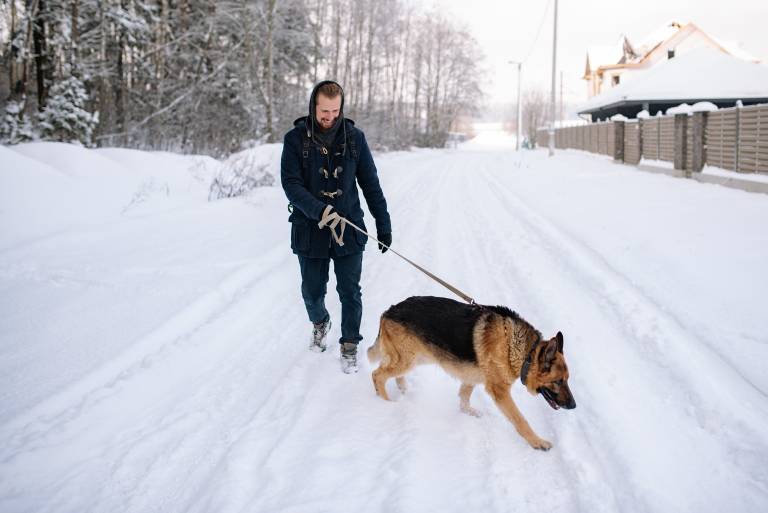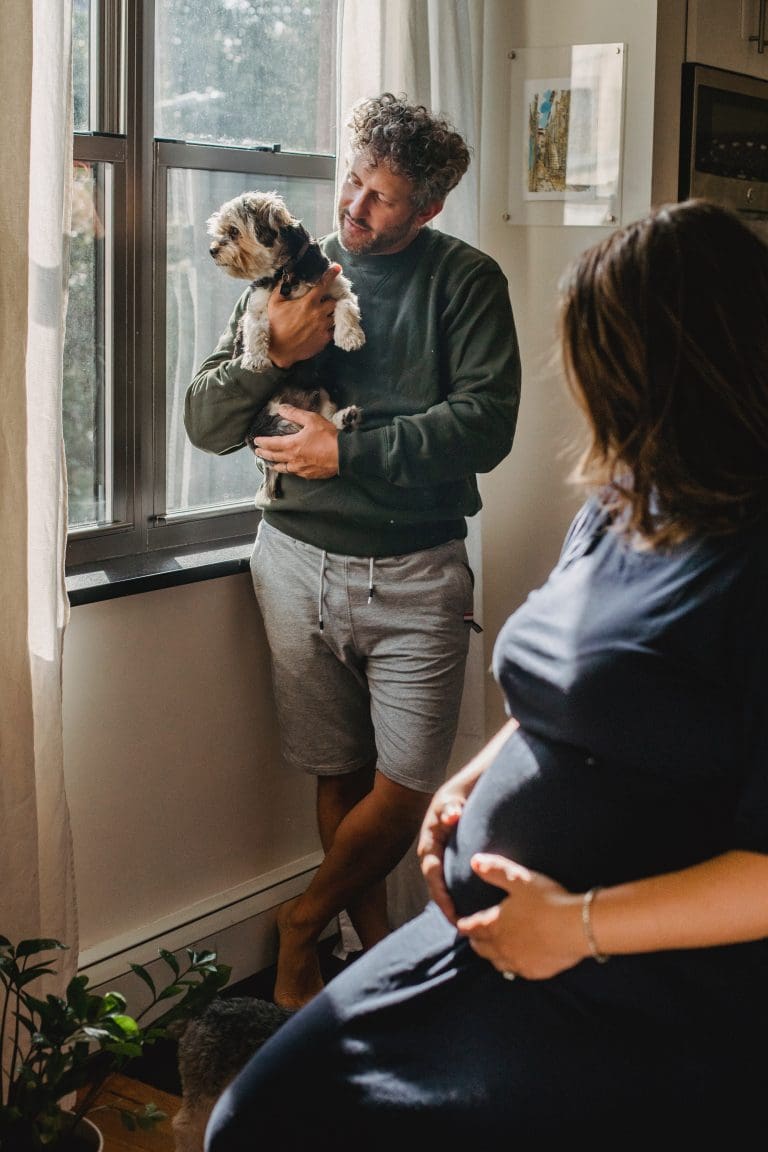How To Make A Dog With A Slipped Disc Comfortable?
Post Date:
December 10, 2024
(Date Last Modified: December 10, 2024)
A slipped disc can be distressing for both dogs and their owners. This condition, known as intervertebral disc disease, occurs when the cushioning discs between vertebrae are damaged or displaced. It can lead to pain, limited mobility, and even paralysis in severe cases. Ensuring your dog’s comfort during this recovery period is essential for their well-being.
Establish a Calm Space
Start by providing a serene and safe environment. Dogs suffering from a slipped disc often experience pain and anxiety, so minimizing stress is crucial. Designate a quiet area in your home where your dog can rest without interruptions. This space should be free from loud noises and excessive activity. A comfortable dog bed that offers support and warmth is important, and adding a blanket can enhance their comfort.
Manage Movement Carefully
Controlling your dog’s movement is vital. Activities such as jumping, climbing stairs, or vigorous play can worsen their condition. Focus on gentle, controlled movements. For bathroom breaks, use a supportive harness, and consider a sling for larger dogs that may have difficulty walking. Offer assistance with a gentle but firm touch to make them feel secure.
Address Pain Management
Pain relief is a priority for dogs with a slipped disc. Consult your veterinarian for suitable pain management options, including medications to ease discomfort and inflammation. Always adhere to your vet’s dosage instructions. In addition, alternative therapies like acupuncture and physical therapy can improve mobility and lessen pain, enhancing your dog’s comfort.
Focus on Nutrition and Hydration
A balanced diet supports healing. Consult your veterinarian for the best dietary options, particularly if your dog is overweight, as excess weight can strain the spine. Smaller, more frequent meals may be beneficial if your dog is less active. Incorporating joint supplements, such as glucosamine or omega-3 fatty acids, can also promote joint health and reduce inflammation. Hydration is equally crucial. Ensure your dog has easy access to fresh water at all times, especially if mobility issues make it difficult for them to reach their water bowl. Consider a raised bowl or placing water in multiple locations around your home to make hydration easier.
Provide Mental Stimulation
While physical activities may be limited, mental stimulation remains important. Engage your dog with interactive toys, puzzle feeders, or gentle training sessions that don’t strain their body. These activities can help relieve boredom and anxiety, promoting a more relaxed demeanor.
Maintain a Consistent Routine
Dogs thrive on routine. Keeping a consistent schedule for feeding, bathroom breaks, and medications fosters a sense of security. Monitor your dog’s progress and behavior, and promptly reach out to your veterinarian if you notice any signs of increased pain or discomfort.
Offer Emotional Support
Stay attuned to your dog’s emotional needs. Dogs can sense their owner’s feelings, so your anxiety may impact their comfort. Offer reassurance through gentle petting, soothing words, and quality time together. Simply being present can help ease their anxiety.
Gradual Reintroduction of Activity
As your dog begins to heal, gradually reintroducing light activity may be beneficial. Follow your veterinarian’s advice to incorporate short, gentle walks into their routine. Ensure these walks are brief and on soft surfaces to minimize impact. Always monitor your dog for discomfort and adjust activities as necessary.
Seek Support from Others
Support from friends and family can be invaluable. Reach out to fellow dog owners for advice, encouragement, or assistance with your dog’s care. Maintaining balance within your household is essential, especially if you have other pets that also need attention.
Regular Veterinary Check-Ups
Ongoing veterinary check-ups are crucial to monitor your dog’s recovery. Follow your vet’s recommendations for follow-up appointments and don’t hesitate to ask questions about your dog’s condition, which can help you make informed care decisions.
Prioritize Your Own Well-Being
Caring for a dog with a slipped disc can take an emotional toll on owners. It’s natural to feel worried about your dog’s pain and recovery. Seeking support from fellow pet owners or online communities can help you process your feelings and find comfort in shared experiences. Remember to prioritize your own mental health during this challenging time.
A Journey of Care and Compassion
Making a dog with a slipped disc comfortable involves a blend of physical care, emotional support, and patience. Celebrate each small milestone in your dog’s recovery, as every step forward signifies progress and resilience. By fostering a supportive environment and being attentive to your dog’s needs, you can significantly impact their journey towards healing. Your commitment to their comfort and well-being is vital during this challenging period.






